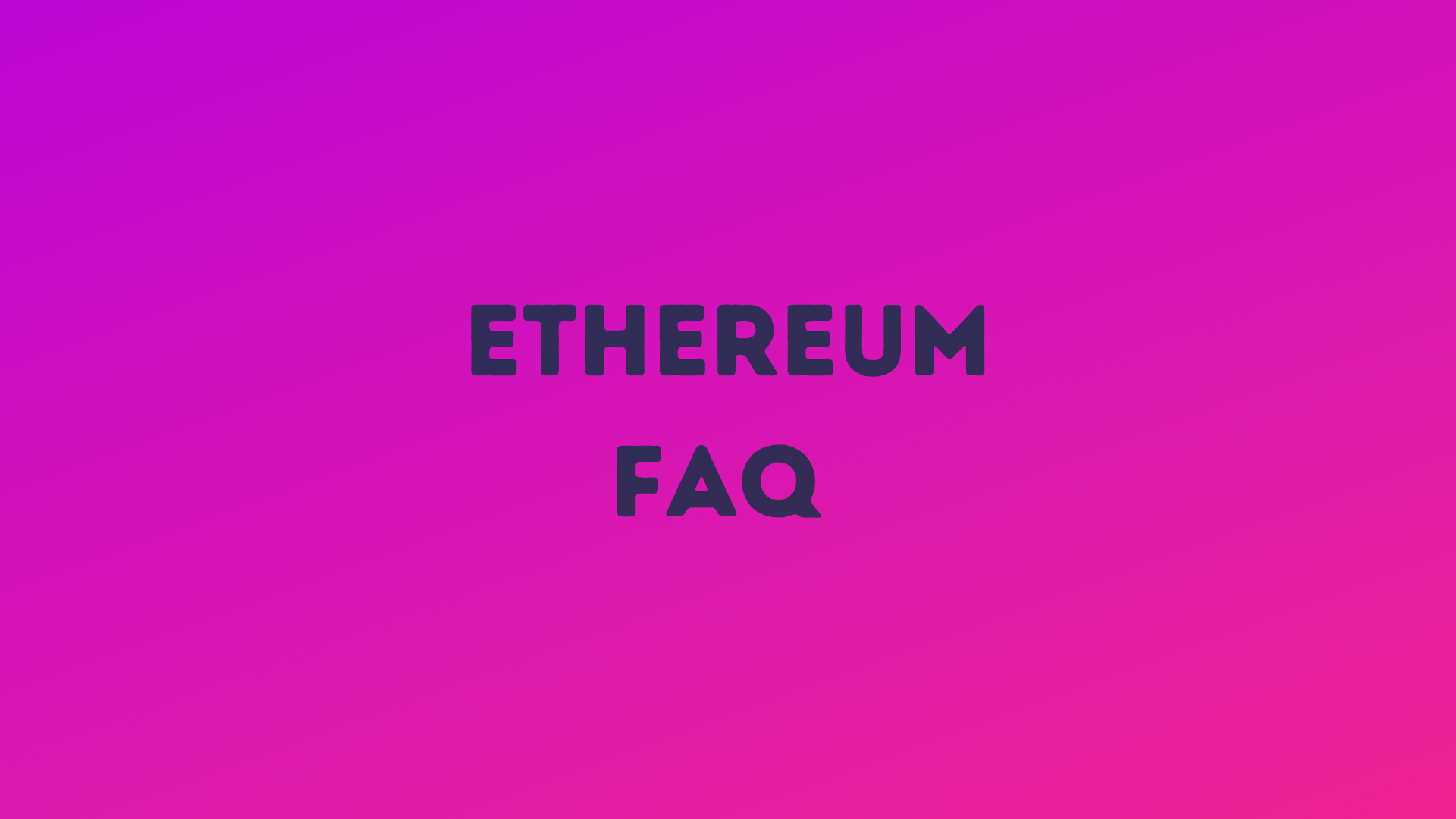What is driving the recovery, how do the ETFs work, and why are large institutions betting on ETH? This FAQ gives you the answers to the most important questions about Ethereum — from staking and Layer 2 to risk and the long-term vision.

To understand Ethereum even better, we have also created a separate glossary, which you can find here. Here you can also read about Ethereum's summer sprint: When ETH surpasses even Bitcoin's record run
Q1: Why did Ethereum rise so sharply in the summer of 2025?The upswing was due to a combination of large investments in spot ETFs for ETH, companies beginning to build reserves in Ethereum, and increased structural demand from both staking and tokenization projects. Unlike Bitcoin, which was more weakened by macroeconomic factors, demand for ETH came mainly from institutions — and proved to be more robust.
Q2: How do Ethereum ETFs work?
A spot ETF for Ethereum allows investors to buy stakes in a fund that directly owns ETH. Thus, one gains exposure without having to hold the cryptocurrency itself. By August 2025, these ETFs had collected more than 2.2% of the total ETH supply — greatly tightening the supply in the market.
Q3: What role does staking play for Ethereum's value?
Through staking, ETH owners can lock their tokens to contribute to the security of the network, and in return receive an annual return of approximately 3—5%. This makes ETH a yield-bearing asset, unlike Bitcoin. At the same time, available supply decreases as more ETH is tied up in staking.
Q4: What is the ETH/BTC ratio and why is it important?
The ETH/BTC ratio measures the value of Ethereum relative to Bitcoin. Historically, ETH has had more powerful movements in both directions — faster ups in bull markets and harder falls in lows. In 2025, the ratio rose above 0.037, a signal that Ethereum was starting to perform better than Bitcoin in a more structural way.
Q5: What is tokenization, and what is the role of Ethereum?
Tokenization means issuing real assets such as bonds, real estate or stocks as digital tokens on a blockchain. Major banks and asset managers such as BlackRock and JPMorgan have chosen Ethereum as the platform for such pilot projects, strengthening ETH's role as a settlement layer for new digital assets.
Q6: How do Layer 2 networks improve Ethereum?
Layer 2 solutions (such as Arbitrum, Optimism, and Base) handle transactions outside the main chain and settle them back on Ethereum. The result is cheaper and faster transactions without compromising security. ETH remains the central settlement asset, even when users are using Layer 2.
Q7: What are the main risks to Ethereum's growth?
Q8: Can Ethereum ever surpass Bitcoin?
This scenario is often referred to as the “Flippening”. Although Ethereum is steadily closing in on the gap, Bitcoin still dominates in terms of market capitalization and brand. A complete shift is uncertain. At the same time, ETH doesn't have to take first place to succeed — the two can coexist as the two main pillars of the digital asset market.
Q9: Why are institutions betting on ETH now?
Institutional investors are attracted to Ethereum's multiple uses:
Q10: What is the long-term vision for Ethereum?
In the 2030s, Ethereum could assume a role as the very infrastructure layer of global finance: